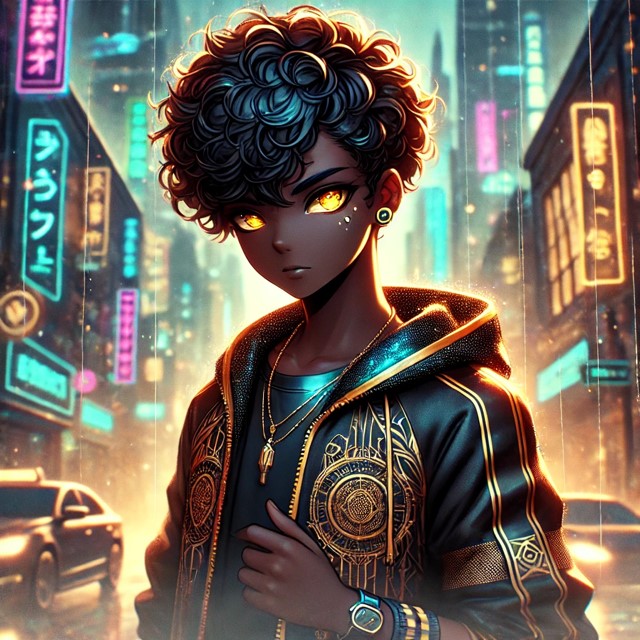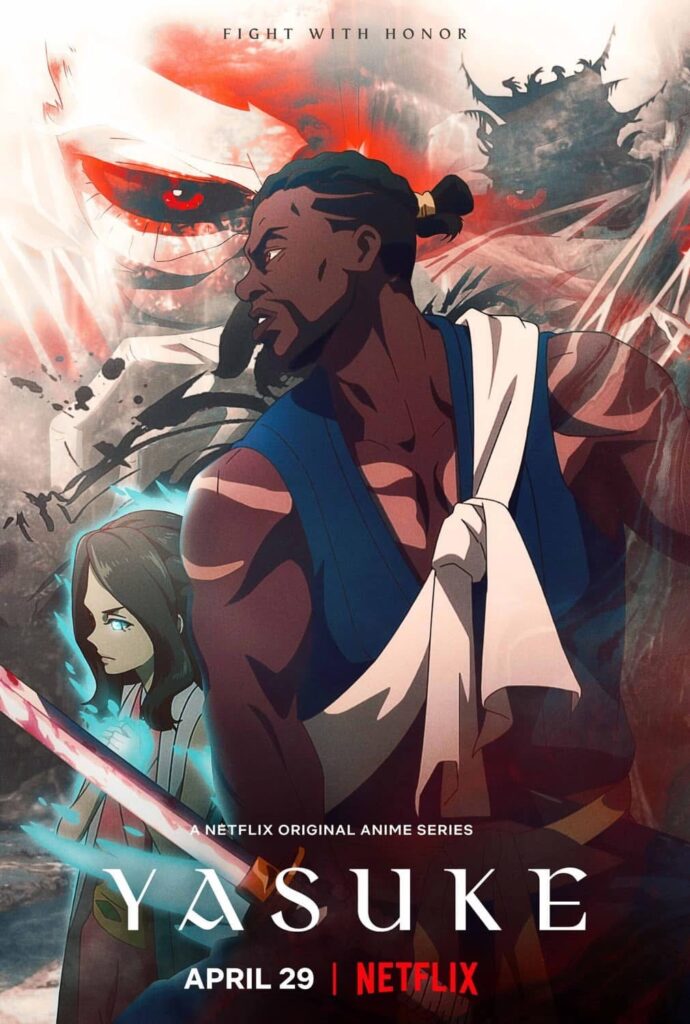Anime has long been a global phenomenon, captivating audiences with its diverse storytelling, vibrant animation, and deep cultural roots. However, for decades, Black characters and stories have been underrepresented or misrepresented in mainstream anime. Today, a new wave of Black anime is emerging, blending Afrocentric themes with the dynamic artistry of Japanese animation. This movement is reshaping the landscape of anime and fostering greater representation for Black audiences worldwide.
The Evolution of Black Representation in Anime
Historically, Black characters in anime were few and often depicted through stereotypical or exaggerated designs. Shows like Dragon Ball, One Piece, and Naruto featured Black characters, but their portrayals were sometimes problematic. Despite these setbacks, anime has also produced some iconic Black characters such as Afro Samurai, Canary from Hunter x Hunter, and Michiko from Michiko & Hatchin, who showcase strong, complex personalities.
The growing demand for authentic representation has led to the rise of anime that integrates Black culture and perspectives. The success of Afro Samurai, voiced by Samuel L. Jackson, demonstrated that anime featuring Black protagonists could resonate with global audiences. Following its footsteps, other projects such as Cannon Busters by LeSean Thomas and Yasuke by MAPPA have continued to push the boundaries of Black anime storytelling.
The Rise of Black Creators in Anime
Black creators and animators have begun to carve out their own space within the anime industry. LeSean Thomas, an influential Black animator and director, has been at the forefront of this movement. His work on Cannon Busters and Yasuke showcased a fusion of anime aesthetics with Afrofuturist and hip-hop influences.
Additionally, independent Black anime studios and artists are producing their own content, bypassing traditional barriers. Platforms like YouTube, Kickstarter, and Patreon have enabled Black creatives to bring their anime-inspired projects to life. Notable examples include XOGENASYS and Indigo Ignited, which blend futuristic and cultural elements with anime storytelling.
The Influence of Black Culture on Anime
Hip-hop, jazz, and Black fashion have significantly influenced anime over the years. Shows like Samurai Champloo incorporated hip-hop beats into their storytelling, and anime series such as Cowboy Bebop and Megalo Box pay homage to Black music and aesthetics.
Moreover, Afrofuturism—a cultural movement that envisions Black futures through science fiction and fantasy—has found a strong connection with anime. The fusion of technology, mysticism, and African heritage in anime like Yasuke highlights how anime and Black culture can coexist in meaningful ways.
The Future of Black Anime
As the demand for diverse storytelling grows, the future of Black anime looks promising. Streaming platforms like Netflix and Crunchyroll have expanded access to international content, opening doors for more Black anime projects to thrive. Collaborations between Black artists and Japanese studios may further revolutionize anime’s creative landscape.
Furthermore, grassroots movements and fan communities are pushing for better representation in anime. Events like BlerdCon and online communities celebrating Black anime culture help amplify voices that have long been overlooked.
Black anime is more than just a genre—it’s a movement that bridges cultures, empowers creators, and enriches storytelling. As the industry continues to evolve, Black representation in anime will not only increase but also reshape the narratives that define the medium. The rise of Black anime is proof that diversity strengthens art, and the world of anime is all the better for it.

